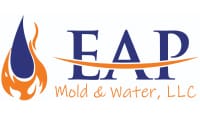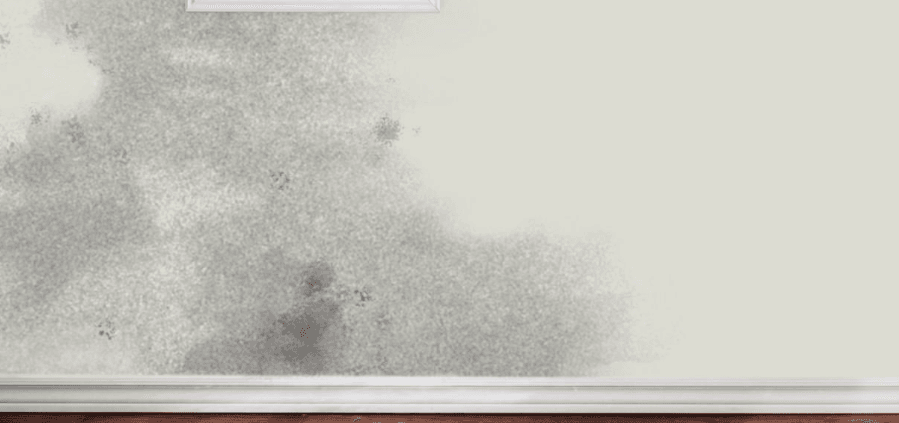Water Damage Restoration: Your Step-by-Step Recovery Plan
Water damage is one of the most common and costly issues homeowners face. Whether it’s caused by a natural disaster, a plumbing failure, or an appliance malfunction, swift action is key to minimizing damage and restoring your home. Here’s a practical guide to water damage restoration to help you recover quickly and effectively.
Stay Safe
Safety should always come first. Avoid entering water-damaged areas until you’re certain there are no electrical hazards or structural concerns. If in doubt, turn off the electricity to your home and consult a professional.
Stop the Water Source
Identify the cause of the water damage and stop it if possible. This might involve shutting off your water supply or repairing a broken appliance. If the damage is due to flooding, wait until conditions are safe to address the issue.
Contact Your Insurance Company
Notify your insurance provider immediately to start the claims process. Provide detailed photos and descriptions of the damage, and ask for guidance on next steps. Keep all receipts and records of expenses related to the cleanup.
Remove Excess Water
Use pumps, wet vacuums, or even buckets to remove standing water. Quick action is crucial to prevent further damage and mold growth. For larger-scale flooding, consider hiring a professional water extraction service.
Dry and Ventilate
After removing the water, it’s essential to dry the affected areas thoroughly. Open windows, use fans and dehumidifiers, and remove wet furniture and belongings to speed up the drying process. Moisture trapped in walls and floors can lead to long-term issues if not addressed promptly.
Inspect for Hidden Damage
Water damage isn’t always visible. Check behind walls, under carpets, and in crawl spaces for hidden moisture. Use moisture meters or hire professionals for a more thorough inspection.
Remove and Replace Damaged Materials
Some materials, like drywall, insulation, and carpeting, may need to be removed and replaced if they’ve absorbed too much water. Mold can develop quickly in porous materials, so act decisively.
Clean and Disinfect
Water damage often introduces contaminants into your home. Clean all affected surfaces with disinfectants to kill bacteria and prevent odors. Items like clothing, furniture, and personal belongings should be cleaned or discarded depending on their condition.
Repair and Restore
Once your home is clean and dry, begin the restoration process. This may involve repairing walls, replacing flooring, or repainting damaged areas. For significant damage, work with licensed contractors to ensure a safe and high-quality restoration.
Take Preventive Measures
Protect your home from future water damage by performing regular maintenance. Check your plumbing and appliances, clean gutters and downspouts, and consider installing a sump pump or water detection systems.
Water damage restoration requires prompt and organized action to prevent further complications. By following these steps, you can mitigate damage, restore your home, and gain peace of mind. If you’re unsure about any part of the process, don’t hesitate to call in experts who can guide you through the recovery journey.



